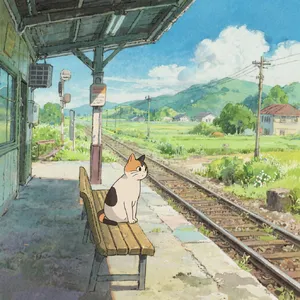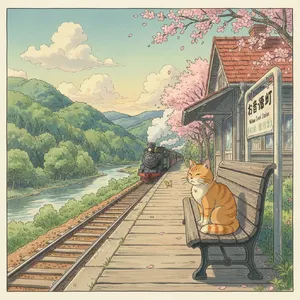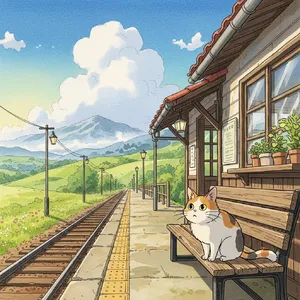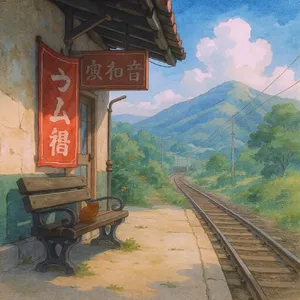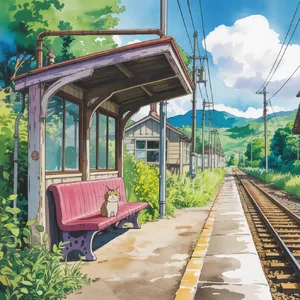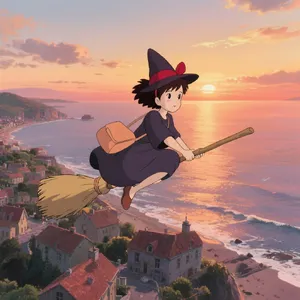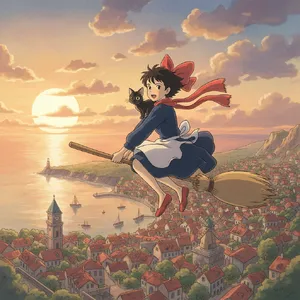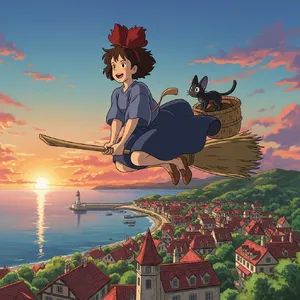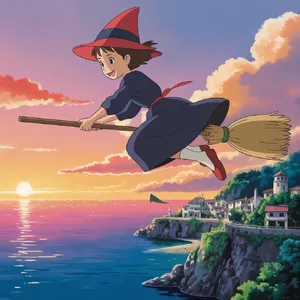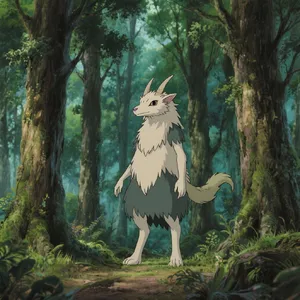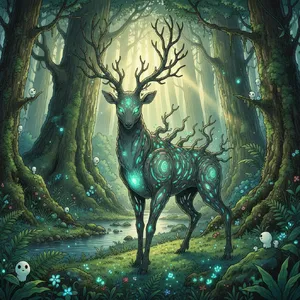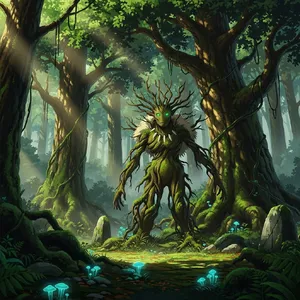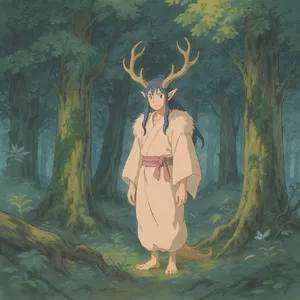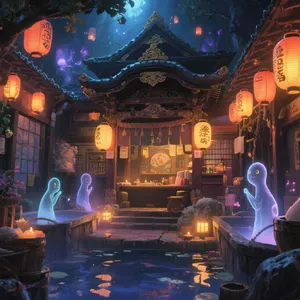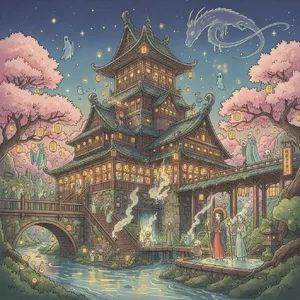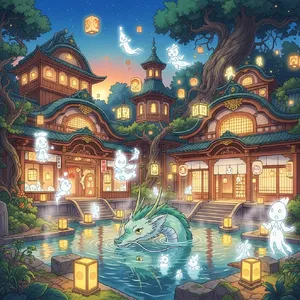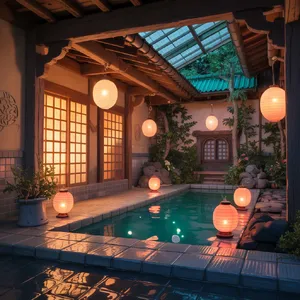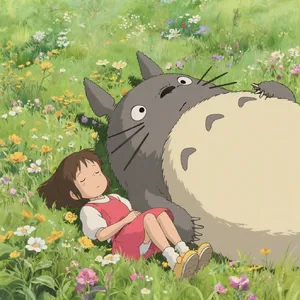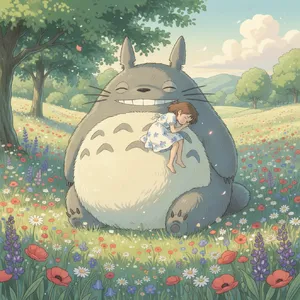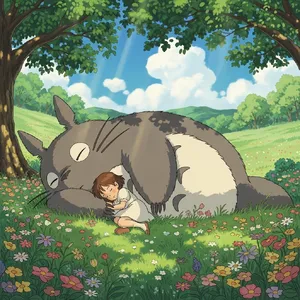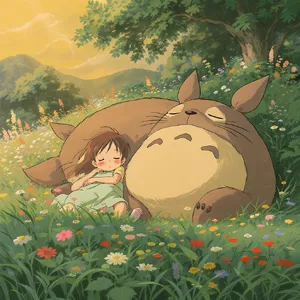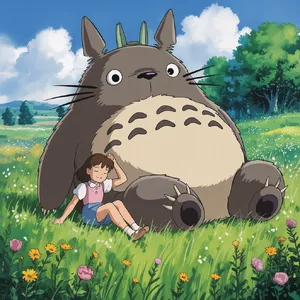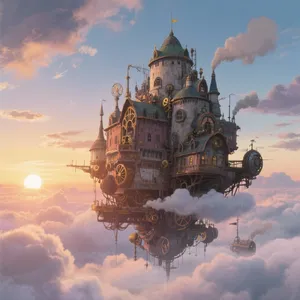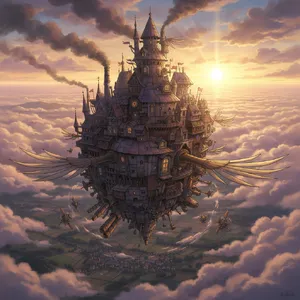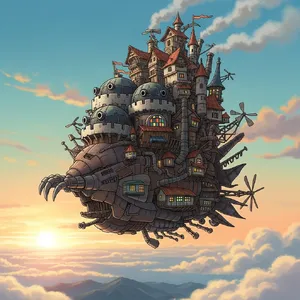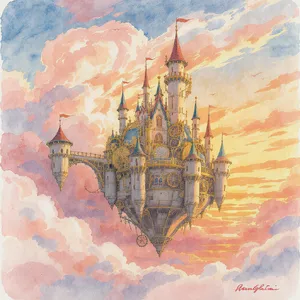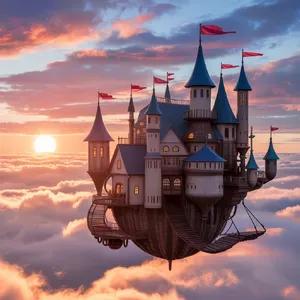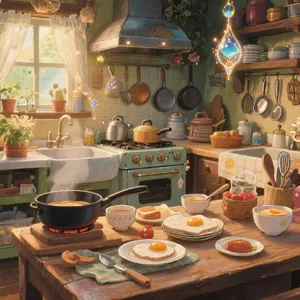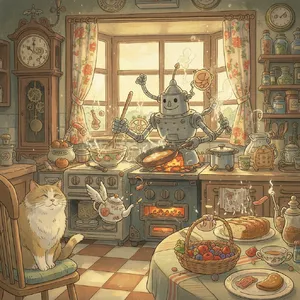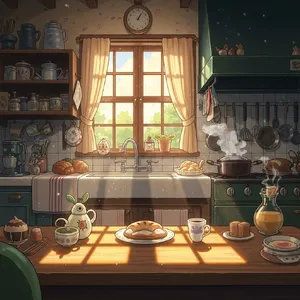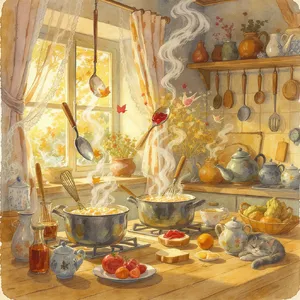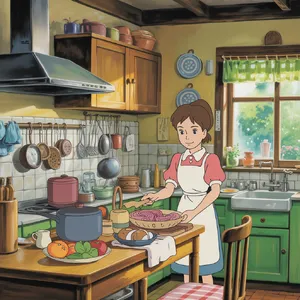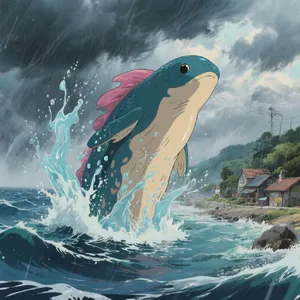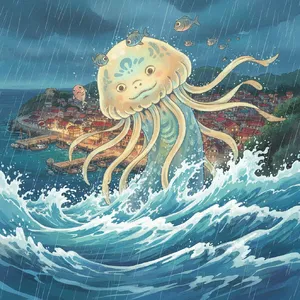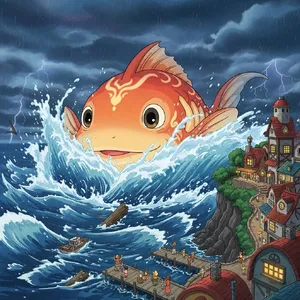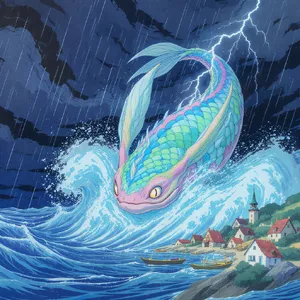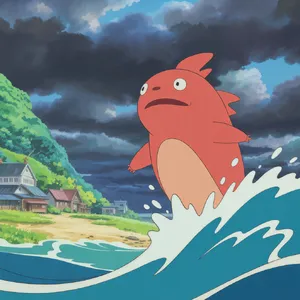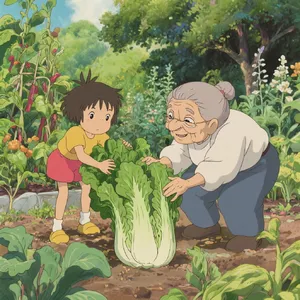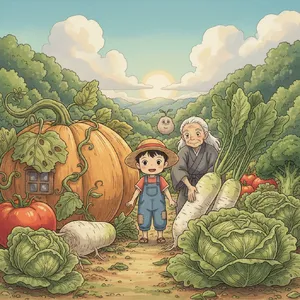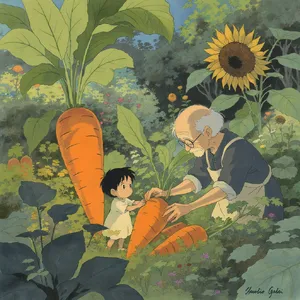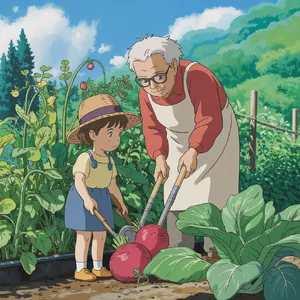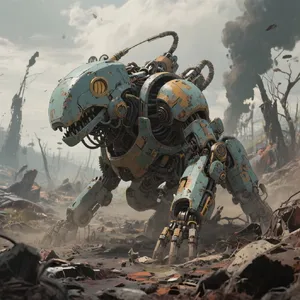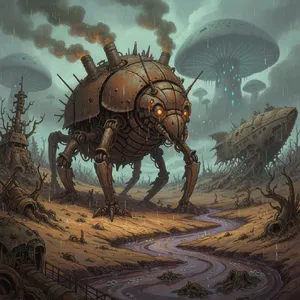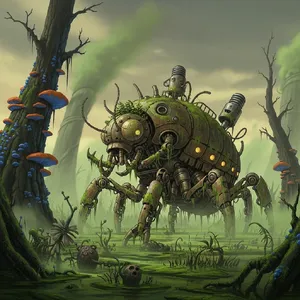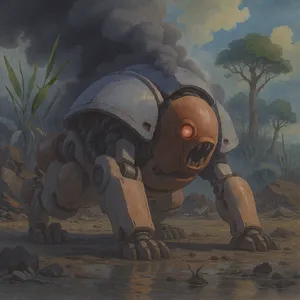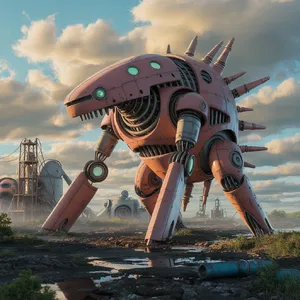Summary for Ghibli style
Replicating the iconic Studio Ghibli style is a true test of an AI's artistic nuance, and this battle revealed a clear divide between models that understand stylistic replication and those that only interpret subject matter. The top models didn't just create 'anime'; they captured the specific soul of Ghibli's work. 🎨
Key Discoveries:
- Top-Tier Champions: The clear winners are models that consistently produced images indistinguishable from actual Ghibli film cels. ChatGPT 4o, Imagen 3.0, Seedream 3.0, and Nano Banana (2.5 Flash) were exceptional, frequently scoring perfect 10s.
- The Great Divide: A major trend was the split between Replicators and Interpreters. Models like Imagen 3.0 replicated the style perfectly, while artistic powerhouses like Midjourney V6.1 and DALL-E 3 often created beautiful, high-quality images but in a different style (e.g., painterly, photorealistic), leading to lower scores for prompt adherence.
- Surprising Excellence: Seedream 3.0 emerged as a top contender, delivering flawless Ghibli aesthetics with remarkable consistency, like its
[perfect 10](./gallery?id=1474) for the [Oversized vegetables](./gallery?prompt_id=99) prompt.
- Common Pitfalls: The most common failure was 'style drift'—creating generic anime instead of the specific Ghibli look. AI artifacts like gibberish text and malformed hands also plagued several otherwise excellent images.
Quick Conclusion: For an authentic Ghibli look, Imagen 3.0 and ChatGPT 4o are your best bets. For a more artistic, Ghibli-inspired interpretation, models like FLUX.1 Kontext Max offer beautiful, atmospheric results.
Understanding the 'Ghibli Style' Challenge
The Ghibli aesthetic is more than just an 'anime style'. It's a specific formula: detailed, painterly backgrounds reminiscent of impressionist art, combined with clean, cel-shaded characters, distinctive designs by Hayao Miyazaki, and a unique atmosphere of nostalgia, wonder, and gentle magic. This analysis shows that only the most advanced models can grasp this complex combination.
Comparative Strengths Across Models
-
👑 Masters of Mimicry: The top-performing models demonstrated a profound understanding of the Ghibli visual language. Imagen 3.0 gave us a [flawless Kiki](./gallery?id=747), Nano Banana (2.5 Flash) created an [epic Ponyo scene](./gallery?id=1471), and ChatGPT 4o delivered a [perfect Totoro moment](./gallery?id=1066). These models consistently nailed the character proportions, color palette, and the crucial blend of background and character styles.
-
🎨 The Artistic Interpreters: Models like DALL-E 3 and Midjourney v7 are incredibly powerful but often march to the beat of their own drum. For the [Forest spirit](./gallery?prompt_id=93) prompt, DALL-E 3 produced a [stunning line-art piece](./gallery?id=753) that was beautiful but stylistically incorrect. Similarly, Midjourney v7 created a [breathtakingly detailed kitchen](./gallery?id=1069) that was more cyberpunk than cozy Ghibli. These models are fantastic for creating high-quality images inspired by the prompt, but less reliable for specific style replication.
-
😕 The Inconsistent Contenders: Models like Ideogram V2 and Grok 2 Image struggled with consistency. While Ideogram V2 managed a [perfect 10](./gallery?id=756) for its [Forest spirit](./gallery?prompt_id=93), it also produced a [photorealistic bathhouse](./gallery?id=764) that completely missed the mark. Grok 2 Image often failed on key prompt details, like [omitting the train station](./gallery?id=742) entirely.
Common Failure Modes and Limitations
- Style Drift: The number one issue was failing to differentiate 'Ghibli' from generic 'anime' or 'digital painting'. Many models, like Reve Image (Halfmoon), produced clean, modern anime which, while good, wasn't what was asked for.
- AI Artifacts: Even top-tier models aren't immune to classic AI flaws.
- Gibberish Text: This was a major issue, seen in an otherwise great image from FLUX.1 Kontext Max (
[bad signature](./gallery?id=1677)) and a disastrous one from DALL-E 3 ([ruined by text](./gallery?id=785)).
- Malformed Hands: Several otherwise perfect images were ruined by this flaw, such as the
[painful result](./gallery?id=1676) from Ideogram 3.0 (Quality) and a [disappointing image](./gallery?id=1285) from Nano Banana (2.5 Flash).
- Content Policy Refusals: Some of the most advanced models, including ChatGPT 4o and Midjourney V6.1, refused to generate prompts that explicitly mentioned film titles or characters, citing copyright concerns. This shows a limitation where being too smart can be a drawback for stylistic replication tasks.
Best Models for Ghibli Style
Choosing the right model depends entirely on your goal. Do you want an image that looks like a screenshot from a movie, or a piece of art that captures the Ghibli vibe?
🥇 For Authentic Replicas (The "Screenshot" Look)
If your goal is to create an image that could be mistaken for official Studio Ghibli art, these are your go-to models. They have proven their ability to replicate the specific character designs, painterly backgrounds, and overall aesthetic with stunning accuracy.
- ChatGPT 4o: When it doesn't refuse the prompt, it delivers perfection. Its
[magical kitchen scene](./gallery?id=1070) is a masterclass in capturing the Ghibli spirit.
- Imagen 3.0: Consistently brilliant. Its ability to create unique but perfectly-styled scenes, like this
[environmental contrast image](./gallery?id=811), is top-notch.
- Seedream 3.0: A powerhouse for this style. It flawlessly created an image of a
[sea creature](./gallery?id=1472) that looks like a high-definition still from Ponyo.
- Nano Banana (2.5 Flash): Another stellar performer, excelling at creating complex, detailed scenes like this incredible
[enchanted bathhouse](./gallery?id=1280).
- Imagen 4.0 Ultra: A very reliable choice that delivers clean, authentic results, like this
[perfect Totoro scene](./gallery?id=1465).
🥈 For Artistic Interpretations (The "Concept Art" Look)
If you want an image that feels Ghibli-esque but has its own unique artistic flair—more like concept art or a tribute piece—these models excel. They may not always match the style, but they produce beautiful, high-quality, and evocative results.
- FLUX.1 Kontext Max: This model produces gorgeous, painterly illustrations. Its
[watercolor Totoro](./gallery?id=1669) is a beautiful work of art that captures the film's gentle mood perfectly.
- Midjourney V6.1: Known for its artistic prowess, Midjourney creates moody and atmospheric pieces. Its
[lonely robot](./gallery?id=816) is a fantastic piece of environmental storytelling, even if it's not a direct style match.
- Recraft V3: This model created one of the most accurate and charming non-character interpretations of the prompt with its
[Totoro in the kitchen](./gallery?id=789).
🥉 Models to Use with Caution
While capable of producing good images, the following models were less consistent and more likely to misinterpret the style or content of the prompts.
- Grok 2 Image: Consistently scored the lowest, often missing key elements and producing lower-quality, blurry images.
- Ideogram V2 & Ideogram 3.0 (Quality): These models were hit-or-miss. They could produce a perfect result one moment and a complete style mismatch or a technically flawed image the next.


